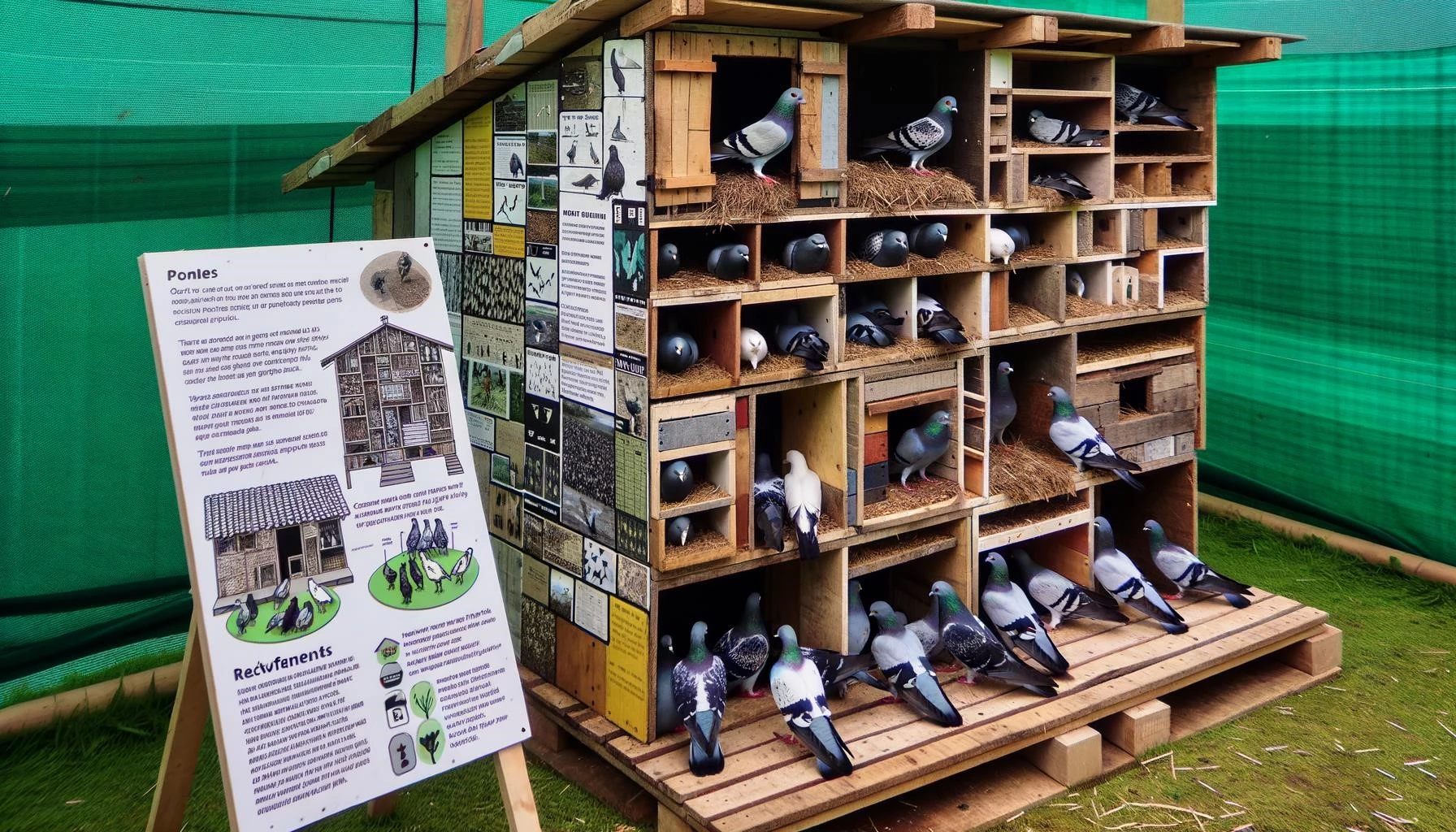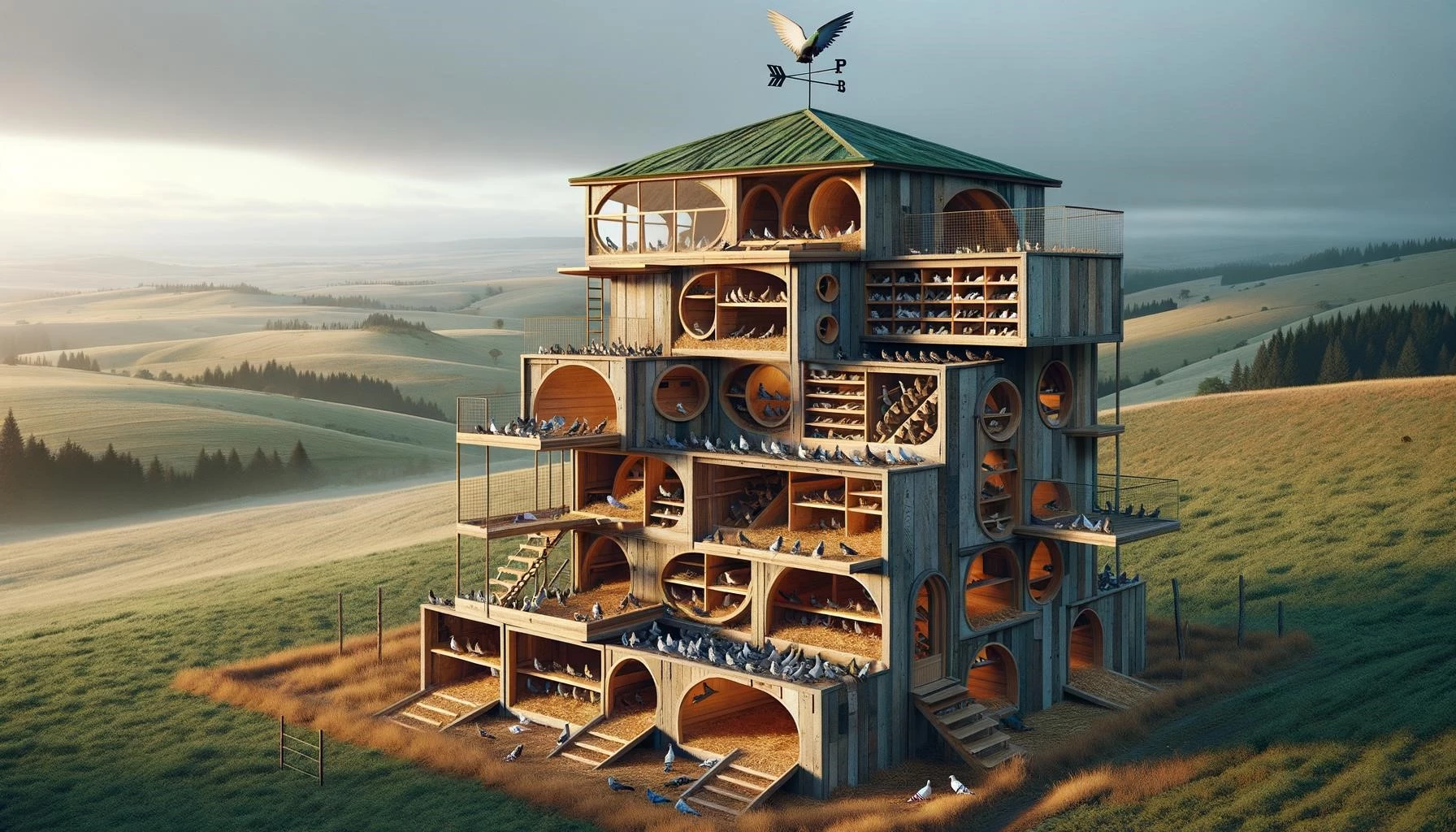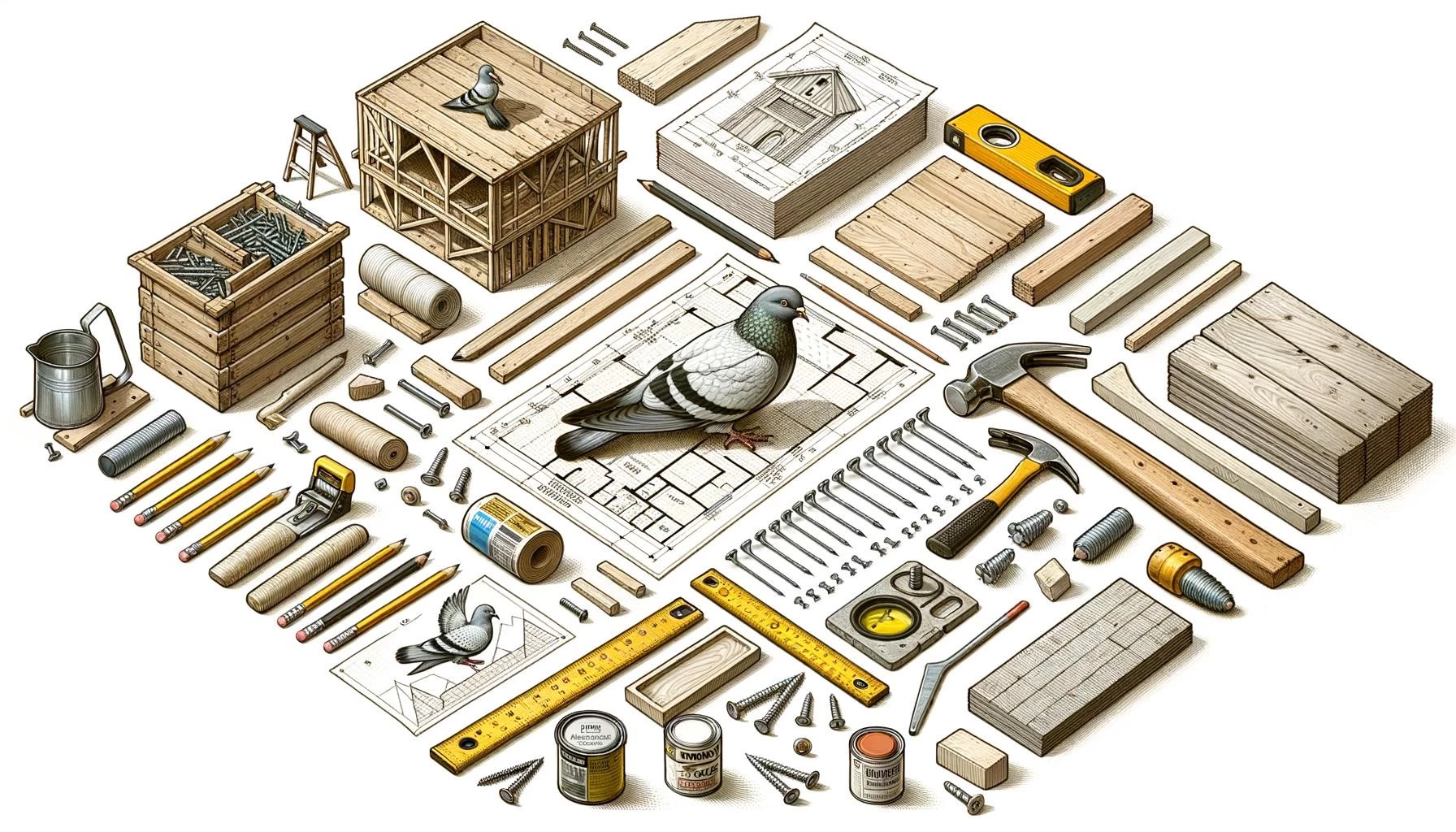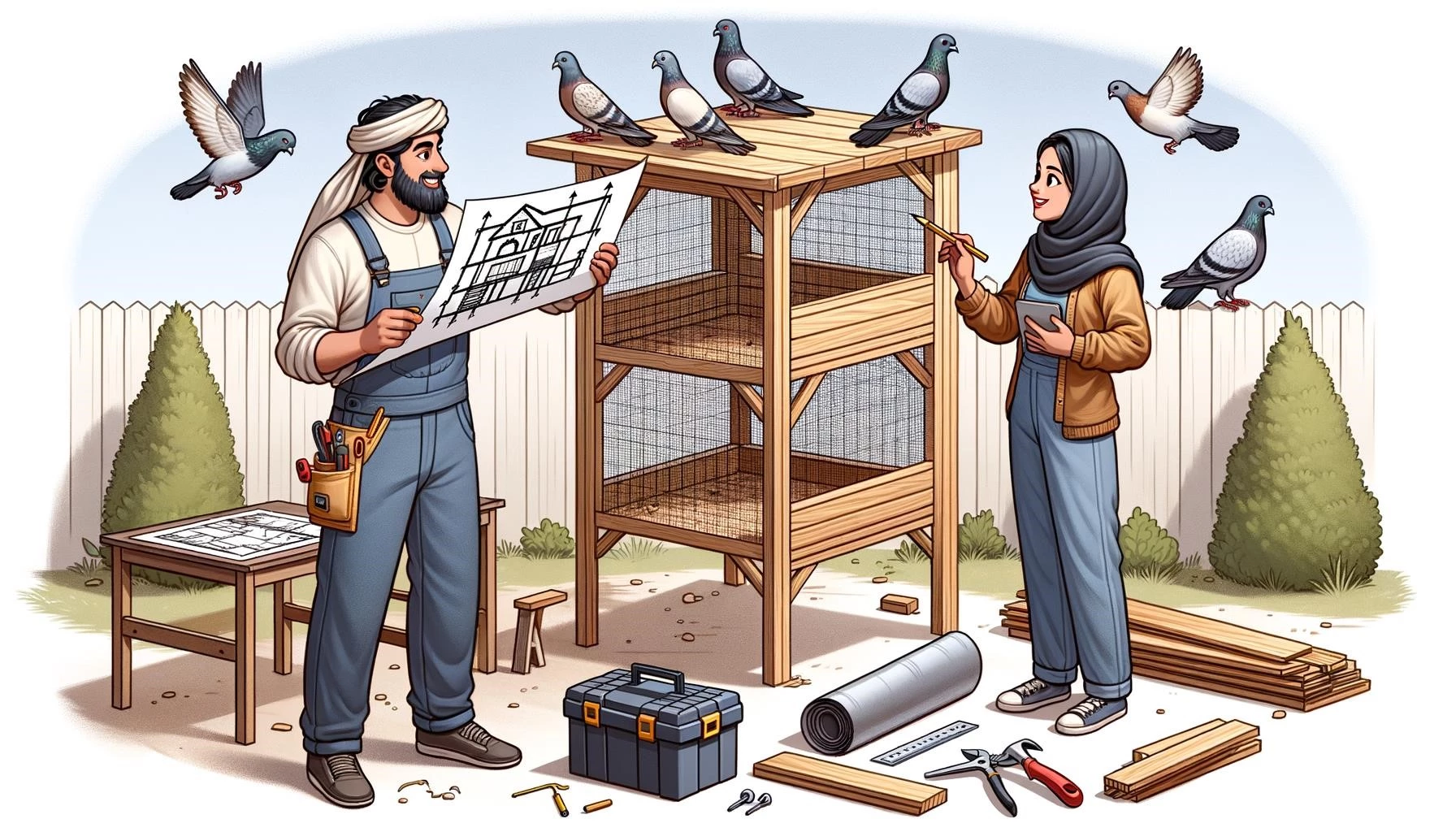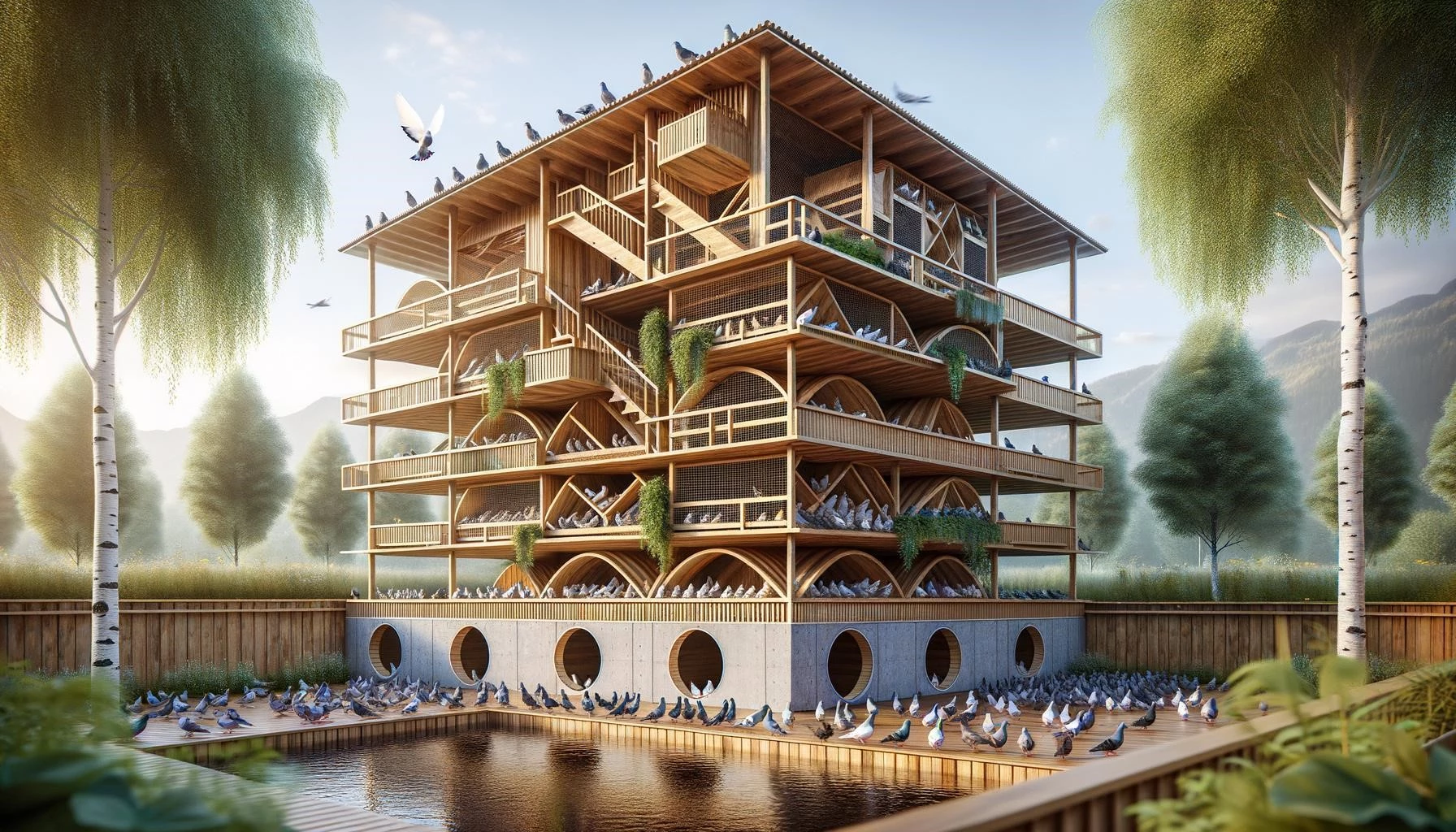Pigeon lofts are structures built to house pigeons, whether for racing purposes or as a hobby. Recycled material pigeon lofts are becoming increasingly popular as people recognize the importance of sustainability and environmental conservation. These innovative structures are constructed using recycled materials, reducing waste and promoting a circular economy.
Key Takeaways
- Recycled material pigeon lofts are structures built to house pigeons using environmentally friendly materials.
- These lofts reduce waste and promote sustainability by utilizing recycled materials.
- Recycled material pigeon lofts contribute to the circular economy by repurposing materials that would otherwise be discarded.
Using recycled materials in the construction of pigeon lofts offers various benefits:
1. Environmental Sustainability
Recycled material pigeon lofts help reduce the environmental impact of construction by repurposing materials that would otherwise end up in landfills. By using recycled materials, the demand for new production is reduced, conserving natural resources and energy.
Additionally, recycling materials for pigeon lofts can help minimize deforestation, as reclaimed wood can be used instead of freshly cut timber. This sustainable approach supports the preservation of ecosystems and biodiversity.
2. Cost-effectiveness
Constructing pigeon lofts with recycled materials can be more cost-effective compared to using brand new materials. Recycled materials are often more affordable or even free, as they can be salvaged from demolition sites or obtained from recycling centers.
By using recycled materials, pigeon fanciers can save money and allocate their budget to other aspects of pigeon care and racing.
3. Customizability
Recycled materials offer a wide range of possibilities for customization. Pigeon fanciers can repurpose various materials, such as wood, metal, or plastic, to create unique and personalized pigeon lofts.
Recycled material pigeon lofts can be designed to suit specific space requirements, pigeon breeds, and desired functionalities. The versatility of recycled materials allows for creative and innovative designs, adding aesthetic appeal to the pigeon loft.
Examples of Recycled Materials Used in Pigeon Lofts
Recycled material pigeon lofts can be constructed using a variety of materials. Some common examples include:
1. Wood
Reclaimed or recycled wood is a popular choice for building pigeon lofts. The use of salvaged wood not only reduces waste but also gives the loft a rustic and natural appeal. Old pallets or reclaimed wooden boards can be repurposed to create sturdy and durable structures.
2. Metal
Scrap metal, such as old steel sheets or aluminum frames, can be used in constructing the framework of the pigeon loft. Metal materials provide strength and durability, ensuring that the loft can withstand various weather conditions.
3. Plastic
Recycled plastic materials, such as high-density polyethylene (HDPE), can be used for various components of the pigeon loft. Plastic panels or sheets made from recycled plastic can be incorporated into the design, offering durability, resistance to rot and pests, and ease of maintenance.
4. Other Materials
Other recycled materials, such as reclaimed bricks, concrete blocks, or even repurposed shipping containers, can be utilized in constructing pigeon lofts. The choice of materials depends on factors such as budget, availability, and design preferences.
It is important to note that while using recycled materials is beneficial, proper construction techniques and suitability for the pigeons’ needs should always be considered to ensure the loft’s functionality and welfare of the birds.
In Conclusion
Recycled material pigeon lofts offer a sustainable and cost-effective alternative to traditional construction methods. By repurposing materials that would otherwise become waste, these lofts contribute to the circular economy, promoting environmental conservation and reducing resource consumption.
Moreover, recycled material pigeon lofts provide opportunities for customization and creative designs, allowing pigeon fanciers to create unique and personalized spaces for their birds.
It is encouraging to see more people embracing sustainable practices in pigeon keeping and racing, and the use of recycled materials in constructing pigeon lofts is a positive step towards a greener future.



